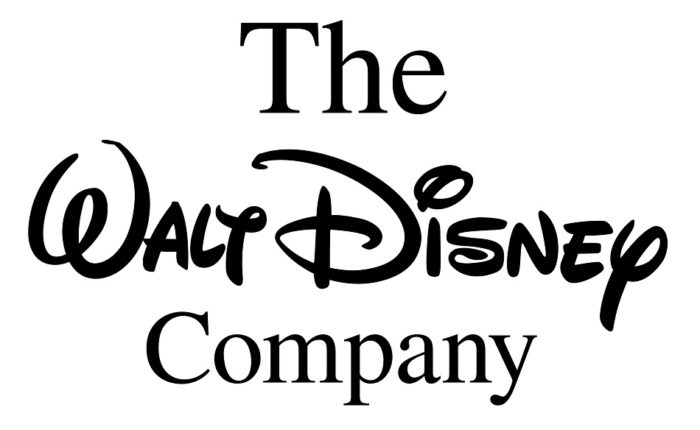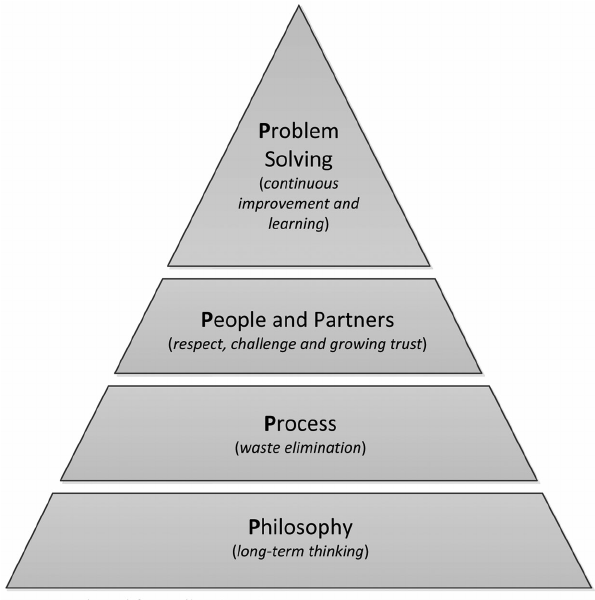AB Volvo is the mother company of the Volvo Group of companies with its head office in Gothenburg, Sweden. The company was formed in 1924, with the first Volvo truck rolling off the production line in Sweden in 1928. The Volvo Group is one of the worlds leading suppliers of transport solutions for commercial use, also providing complete solutions for finance and servicing. The mission statement of the company is ‘By creating value for our customers we create value for our shareholders. We use our expertise to create transport-related hard and soft products of the superior quality, safety and environmental care for demanding customers in selected segments. We work with energy, passion and respect for the individual’. Volvo as a Continue reading
Business Analysis Case
Case Study: Acquisition of Jaguar and Land Rover by Tata Motors
In 2008 Tata Motors, an Indian automaker wanted to expand its product portfolio and diversify its market base. It acquired the two iconic British brands Jaguar and Land Rover from the American automaker Ford Motor Corporation. This acquisition gave the company access to premium cars, a chance to add two iconic luxury brands to its stable and a global footprint. It gave struggling Ford a chance to rid itself of two loss-making vehicle units. The deal was transformational. It catapulted Tata Motors from a commercial vehicle and small-car manufacturer to a global player with marquee brands in its portfolio. The scale of the acquisition also was large relative to the size of Tata Motors. The purchase especially that of Jaguar, Continue reading
Case Study: Disney’s Diversification Strategy
The story of Disney is that of a company founded in 1923 by the Disney brothers, Walt and Roy. In the beginning, the company was referred to as the Disney Brothers Cartoon Studio and later incorporated as Walt Disney Productions in 1929. Walt Disney Productions made its mark for many years in the animation industry before venturing into television and live-action film production. Something else also happened before Walt had the breakthrough with Mickey Mouse. Before Mickey, there was Oswald, the Lucky Rabbit. But because he didn’t own the copyright, Walt lost the rights to Oswald, a bitter lesson that was to shape his company positively in the future. That experience thought him very early the value of intellectual property Continue reading
Porter’s Five Forces Analysis of McDonalds
McDonald’s is an American fast food restaurant chain with its global headquarters in Oak Brook, Illinois. It has over 36,000 restaurants found in 120 countries all over the world, serving 68 million customers each day. It was founded as a barbeque restaurant in 1940 by Richard and Maurice McDonald. In the year 1955, a businessman Ray Kroc joined the company as a franchise agent and bought the company from the McDonald brothers. McDonald’s Corporation, incorporated in the year 1964, operates and franchises McDonald’s restaurants. A McDonalds restaurant is operated by a franchisee, an affiliate, or the McDonalds corporation itself. McDonalds primary products include burgers, french-fries, soft drinks, milkshakes, wrap and desserts. The company has also introduced different menus like salads, Continue reading
Case Study: Marketing Strategy of Walt Disney Company
What started out to be nothing more than a dream of Walter Elias Disney, with the release of Alice in Wonderland, a series of short film comedies, the beginning of a world renowned global corporation Walt Disney had evolved. Walter and his brother Roy were equal partners in what was originally the Disney Brothers Cartoon Studio in 1923 and with the suggestion of Roy, it soon was renamed The Walt Disney Studio. After four years of success and profit, Walter and Roy experienced a business set back when they found their film distributor M.J. Winkler had stolen their cartoon characters and animators in attempt to undercut them. With the help from their chief and loyal animator, Ub Iwerks, Walt created Continue reading
Analyzing Toyota’s Recipe for Success – The Toyota Way
The fundamental reason for Toyota’s success in the global marketplace lies in the so called “Toyota way”. The Toyota Way is not only about technology and efficiency, it is about doing the right thing for the company, its employees, the customer and the society as a whole. In other words, the incredible success of the Toyota way is a direct result of operational excellence. Toyota has turned operational excellence into a strategic weapon. This operational excellence is only in part based on tools and quality improvement methods made famous by Toyota in the manufacturing world, such as JIT, Kaizen, and one-piece-flow. Although such techniques helped spawn the “lean manufacturing” revolution, tools and techniques are no secret weapon for transforming a Continue reading





